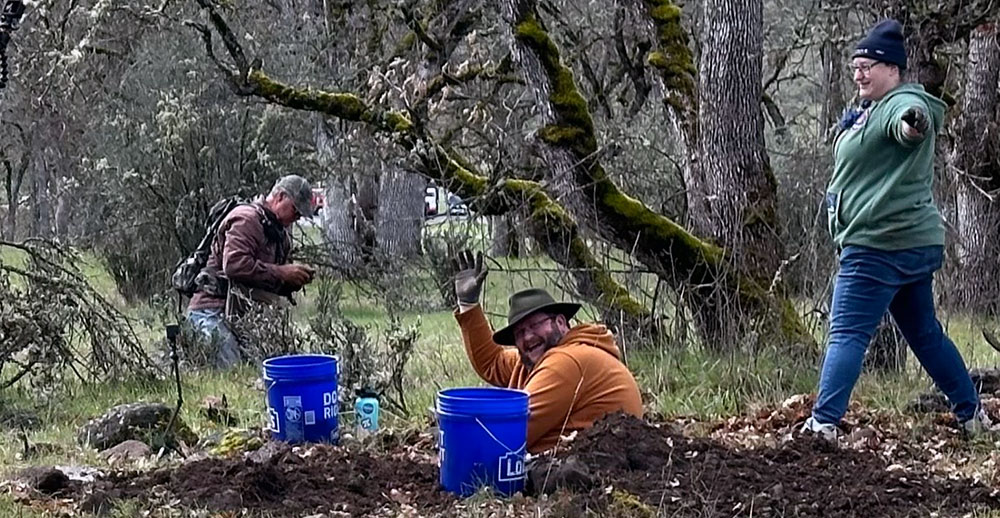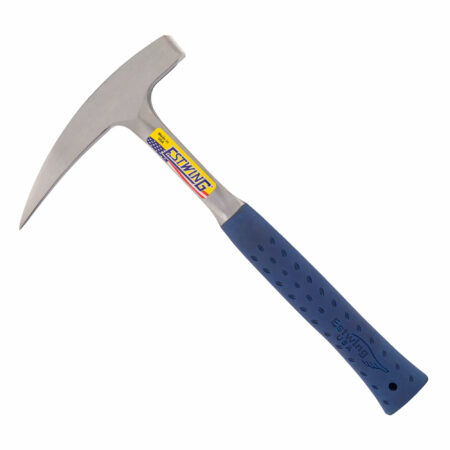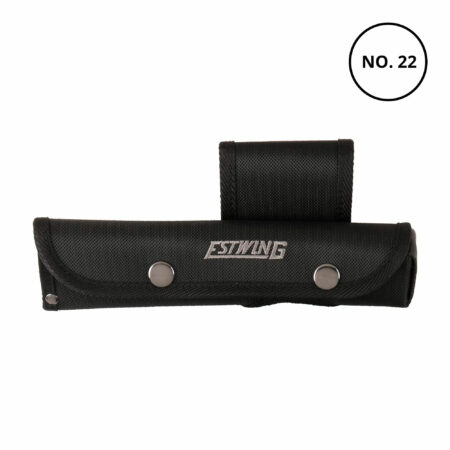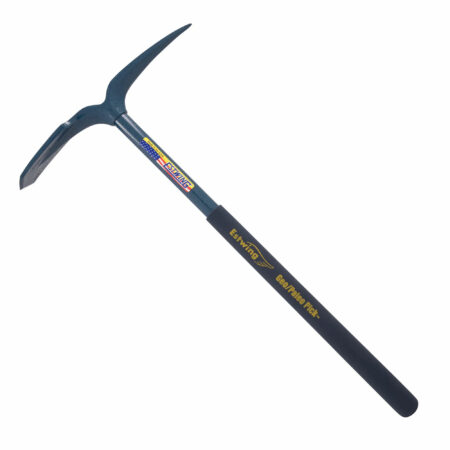Your cart is currently empty!
Tips for a Better Rockhounding Experience
This list is the culmination of our experiences and information compiled by fellow rockhounding enthusiasts. While not to be taken as an exhaustive resource, these are merely guidelines to help you have the best possible experience.

ROCK HAMMER AND SHEATH
One of the most essential pieces of equipment for every rockhounding enthusiast is a high quality rock hammer. Hardware store claw hammers aren’t suitable for the tasks that quality geologist tools are made for. Rock hammers are made from single piece steel construction and are made for the task.
While the choice of hammer is important, never overlook the importance of a sheath to carry it in. A high quality sheath is an effective way to carry your hammer in and out of any location. The other benefit is protection. Designed to protect you during a fall a sheath will keep the pointed end of the rock hammer from potentially injuring you. They also help you keep from losing your hammer out in the world.
We trust Estwing for our rockhounding tools as they stand behind their tools and are made in the USA. We offer the full lineup of Geologist tools and price competitively against other sites.
Recommended Tools
-
Rock Pick – 22 oz Geology Hammer with Pointed Tip & Shock Reduction Grip – Estwing – E3-22P
Original price was: $45.99.$39.99Current price is: $39.99. -
#22 Rock Pick Sheath – Black – Fits E3-13P, E3-14P, E3-22P, E3-13PM, E3-23LP – Estwing – NO22
Original price was: $13.80.$11.99Current price is: $11.99. -
Geo/Paleo Rock Pick – 25″ Geologist Tool with All Steel Construction & Vinyl Cushion Grip – Estwing – GP100
Original price was: $78.99.$74.99Current price is: $74.99.
DIGGING TOOLS
Having a tool to remove soil is great to have. A small D-Handle shovel, garden trowel, spade or other digging tools. A lot of rockhounds use a GI issue military folding shovel. It fits easily into a backpack, doesn’t weigh much and helps you move that dirt.
With that said, respect your location and BURY YOUR HOLES!!! Not only is this a courtesy to other rock hounds it is required by the offices that manage our public lands. Nobody wants to show up to their favor rock hounding spot and having it look like the moon with a bunch of craters scattered about.
MAPS AND GUIDE BOOKS
Maps and Guide books can be an essential part of everyone’s rock hounding kit. How do I get there? What forest service roads can I take? Keep an updated map of the area you are traveling to. We utilize onX Hunt, Gaia GPS, Google Maps, or a good ol fashioned piece of paper with a map on it.
Guide books can also help guide you to known rock hounding locations. We use a variety of books to help us plan out our missions. Gem Trails, Rockhounding (Oregon, Northern California, Nevada, Etc.) We utilize every resource we can to ensure we stay off private property and have a good time on our outings.
PERSONAL EQUIPMENT
It pays to be prepared for every adventure and your personal equipment is just as essential as your tools. Start with a high quality backpack that has plenty of room for storage. That will allow you to pack all of your essentials like sun screen, hand sanitizer, bug repellant, first aid kit, snacks, drinks, etc. Be sure to leave room to haul out specimens that you won’t be carrying in your bucket or hands. Choose a good bag with plenty of padding in the straps as the trip out might be heavy. 🙂
Be sure to bring some toilet paper and think more than just general use, but to use wrapping up specimens. If looking for small crystals bring a few sandwich bags as well.
A good pair of gloves is another essential piece of equipment. Rock chips are sharp and some good gloves can help your fingers survive the day! I cannot tell you how many times I’ve forgotten this simple item and had to get out the Band-Aids to repair my fingers.
Safety goggles are essential for your protection. Flying chips of rocks can cut exposed skin and can end your eye sight. Never take this for granted, if you are hammering, splitting, or chiseling rock WEAR EYE PROTECTION!
FOOD, SNACKS, MEDICATION AND WATER
Depending on the length of your day, how extensive your search is, or how far back into the country you are hiking, you cannot forget these items! If your on a short excursion you won’t need much, while if your on a multiple mile hike to the best spot you need plenty. This light to carry items, protein bars, dried meats and trail mix. You have to keep fuel in your tank and be ready for a long day in the bush.
Water is one of the most important things you should have plenty of. This is again a matter of how far, how long, and how much hounding you will be doing. The best rule of thumb is to have a minimum of 1 gallon of water in your vehicle and take another half gallon on your person. Make sure to save some water for the hike back, but the beauty is your water bottle will be lighter on the way back out. Light weight “Life Straws” can save your life if you get lost and have to obtain water from questionable sources.
Keeping spare medication should also be on your mind, you never know and it doesn’t hurt to be prepared along the way!
SPECIMEN AND COLLECTING CONTAINERS
5-Gallon bucket, Tupperware containers, burlap sack, cookie tins, sandwich baggies, egg cartons, milk crates, basically anything you can think of to contain those rocks. I like to keep a couple of totes in the truck to keep rocks from getting the seats dirty, or rolling around in the cab. If your collecting large specimens makes sure to grab some tie downs or something to contain them. Nothing like hitting the brakes and hearing your rock tumble forward and slam into the cab, and then you hit the gas and hear it slam into the tailgate. We speak from experience. 🙂
This is an ever evolving subject and if you have suggestions, comments or advice feel free to let us know and we will update this list. We appreciate your time and want to provide a helpful resource for new and old rockhounds alike.


